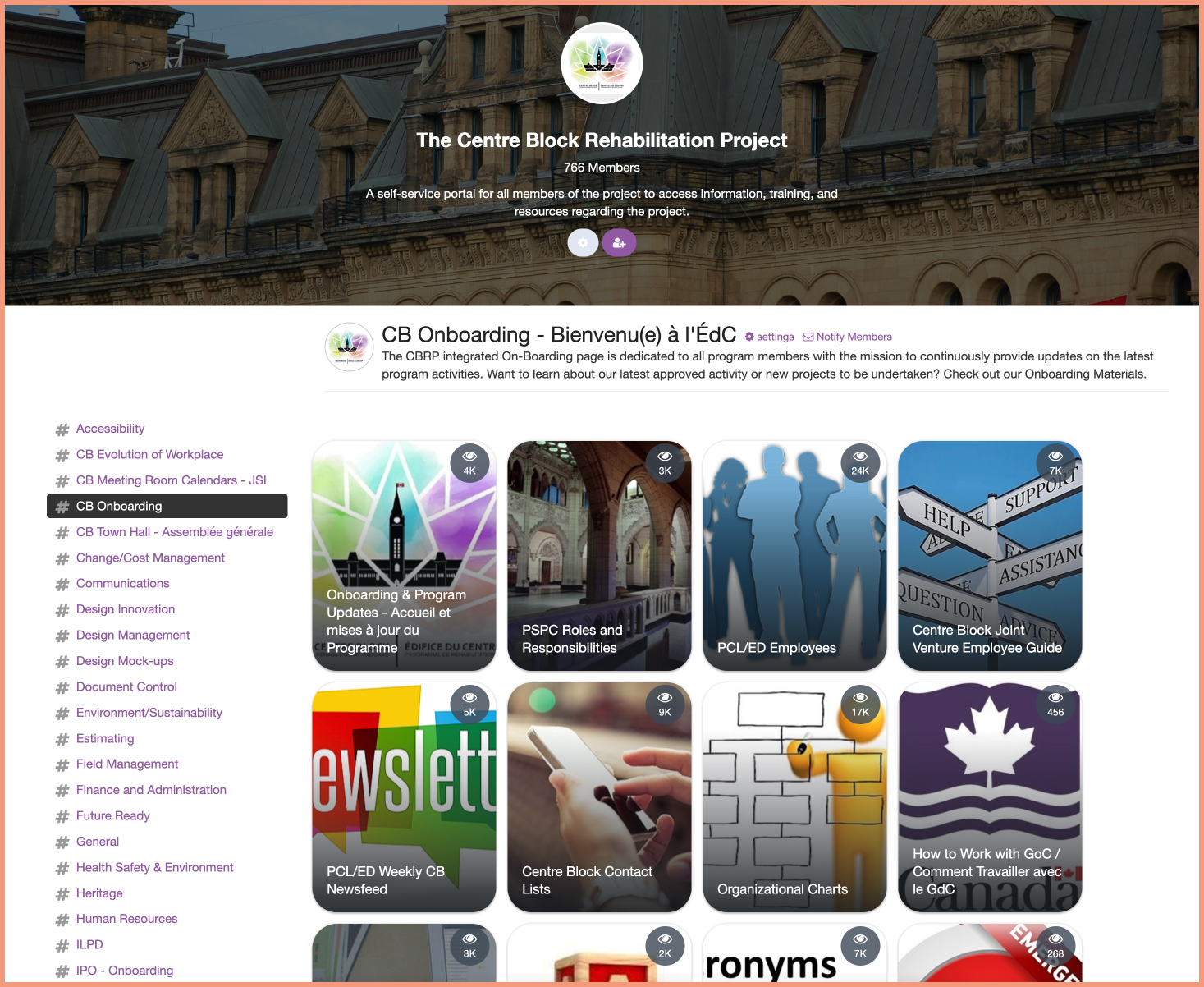1. Organize Essential Information
What Do Stakeholders Need to Know?
We recommend starting every program by developing a user journey map that includes every step a member needs to complete to make the project a success. For each step, define all the information they will need to accomplish the step successfully. Will they need ongoing support? How can you organize information to make it easy for them to find and use?

Some tips based on our experience:
- Think Like A User: Put yourself in their shoes and imagine you're just starting out - what information would you need? How would you want to receive it?
- Don't Expect Them To Retain Information: People are receiving so much content daily that our retention is minimal. We've also been trained that we can find information when we need it. So don't expect people to remember everything, and be sure to make it easily accessible.
- When People Get Frustrated, They Take It Out On The Program: When you get an email full of spelling mistakes and misinformation, you blame the sender. But when people search for information and it's outdated or doesn't exist - they blame the program. Frustration erodes trust. Lack of trust kills programs.
With these tips in mind, we start the program by gathering information and organizing it in a way that is most logical for users.
💡 Example - Centre Block Rehabilitation Project
The Canadian parliament rehabilitation project is the largest in Canadian history. The program managers chose Guides.co to host all of their onboarding, operations, and support material to support hundreds of workers from dozens of companies.
